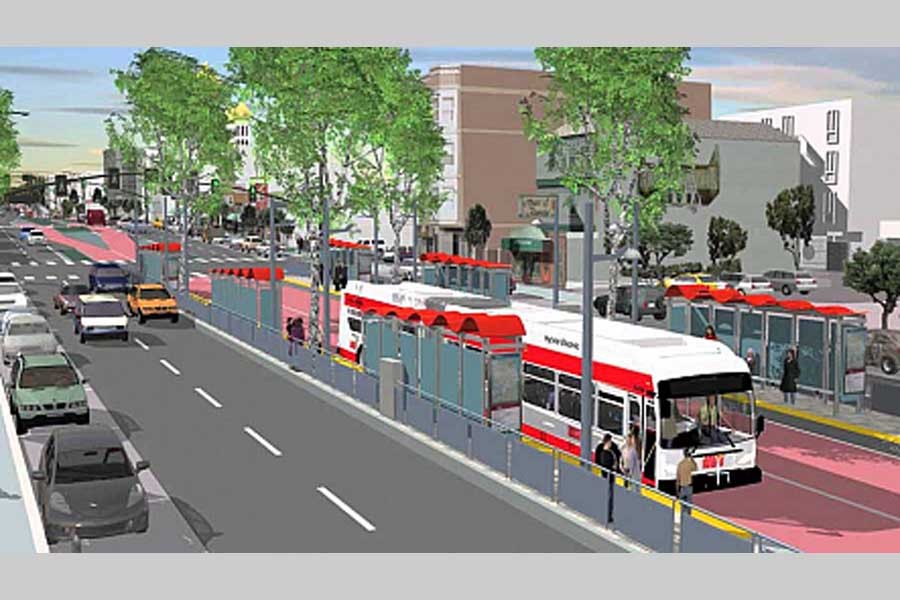With the Roads and Highways Department (RHD) seeking help from the Bangladesh University of Engineering and Technology (BUET) for developing an operational design and business model suitable for Dhaka North's Bus Rapid Transit (BRT), the impression may be of an immediate kick-start of the project. Far from it, the three agencies involved with the project are yet to synchronise their acts together. The Bangladesh Bridge Authority (BBA) lags far behind the RHD and the Local Government Engineering Department (LGED) in accomplishing its task. The BBA's part of the job is to build 4.5-kilometre (km) elevated road for the BRT from Uttara to Cherag Ali Market and a 12-lane Tongi Bridge. Notably, the dedicated bus corridor starting from Joydevpur and ending at the airport railway station does not have to negotiate dense city areas like Dhaka proper. So, the delay may be the result of the usual lethargy so common to the country's project execution.
However, the move to seek BUET wisdom and expertise by the RHD in getting the operation right should be appreciated. At no point does it smack of putting the cart before the horse. Actually BUET's advice would have been more useful had it been sought earlier. Urban planning and designing are a specialisation for engineers studying the particular subject. Seeking their advice only for the type of bus to be procured and spacing their operation may not be sufficient for the purpose. The BUET expertise could be of greater help in supervising the three agencies' works and prompting the laggard to gather pace in order to bring ground works on an even keel. One agency's lapse or mistake may put the entire system of operation under pressure or even into a shambles. Is there any such supervisory authority?
Now let the first segment of the BRT be taken into consideration. Supposing it works fine, how will it benefit or adversely affect the Dhaka traffic? The BRT is likely to transport at the rate of more than 20,000 commuters an hour. This is an astounding number. If people pour in at this rate at the point of airport railway station, how will they come to the city centre or other parts of it which are invariably their destinations? The existing bus service from airport to city's office and business centres will prove too inadequate to deal with the rush. The fact is that not an equal number of commuters is going to leave the city during the early office or business hours.
Is transportation on the designated route of the greater Dhaka more important than the city centre or its other crowded parts? Apart from creating a bottleneck at the airport area, the excessive flow of commuters is likely to impact the traffic system of the city adversely because of the absence of an equivalent rapid movement of vehicles. Already the flyovers at Maghbazar and elsewhere have exposed the fault when the infrastructure in a megalopolis is not constructed under a comprehensive plan. There is no point facilitating areas with sparse traffic further when the city proper prostrates under the burden of tailbacks.


